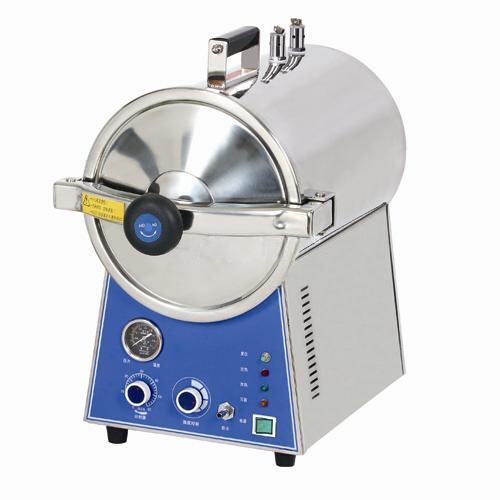Today’s busy dental practices face a serious challenge: to maintain or increase productivity while ensuring that patient safety remains a top priority. At times, these may seem like incompatible goals. Advances in dental processing equipment, however, have empowered practices to develop safer processes while realizing efficiencies and ultimately, saving money.
Sterilizers are medical devices, requiring clearance by the Food and Drug Administration before manufacturers may offer them for sale. The FDA requires rigorous testing to ensure an adequate margin of safety in each cycle type described in the instructions. Failing to follow the instructions of the manufacturer is ill advised, since it may result in inadequate sterilization of the instruments or devices in the sterilizer. It is never appropriate to use a household device, such as a toaster oven, for sterilization of dental equipment.
A cleaning and sterilization process that meets ADA and CDC guidelines is vital to an effective infection control program. Streamlining of this process requires an understanding of proper methods, materials, and devices. Many methods of instrument reprocessing are available. Use of a complete system that encompasses and fulfills all elements that are critical maximizes efficiency and minimizes risks. Closed cassette systems provide a more efficient and safer way to process, sterilize and organize instruments in a dental office – these eliminate manual steps during instrument reprocessing such as hand scrubbing and time-consuming sorting of instruments, thereby improving safety and increasing efficiency.
Dry heat sterilizers have been used effectively in dental office for many years. Just as with any other sterilization method, dry heat sterilization is highly dependent upon the operator following the manufacturer’s instructions for cycle time, temperature, instrument packaging, and loading technique. Because dry air is not as efficient a heat conductor as moist heat at the same temperature, a much higher temperature is required for a dry heat unit to accomplish sterilization.
Packaging cleaned instruments prior to placing them in the autoclave sterilizer is a standard of care that protects instruments and maintains their sterility until they are ready for use on a patient. Unprotected instruments may be re-contaminated with dust and spatter or by coming into contact with any number of non-sterile surfaces during transport, storage, tray set-up, and operatory set-up.
